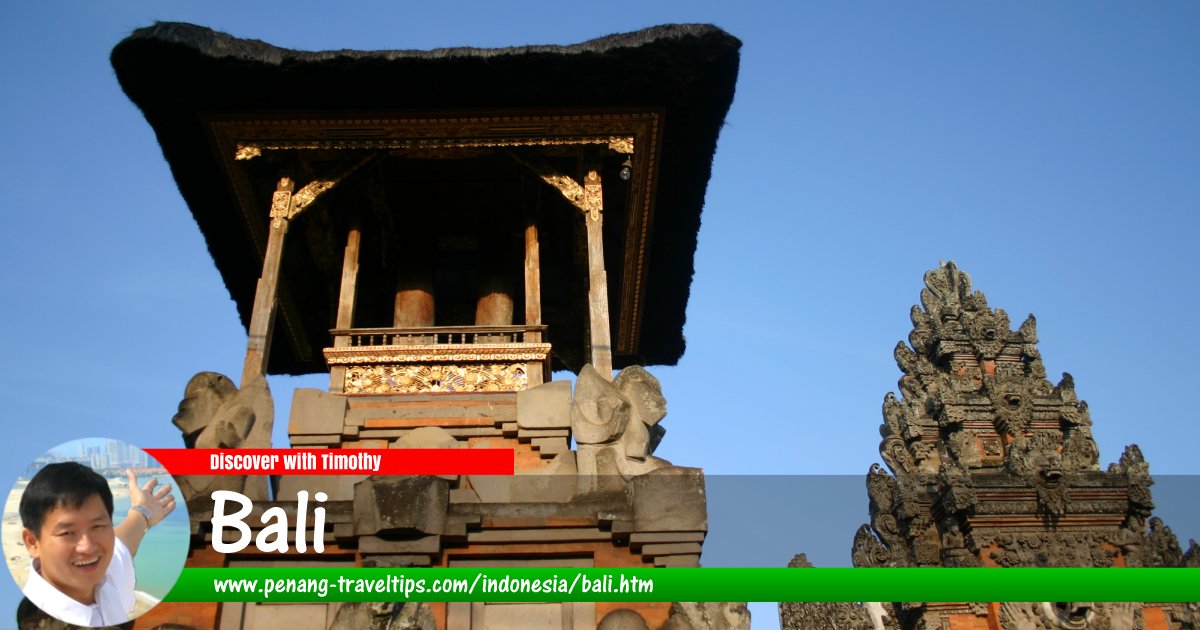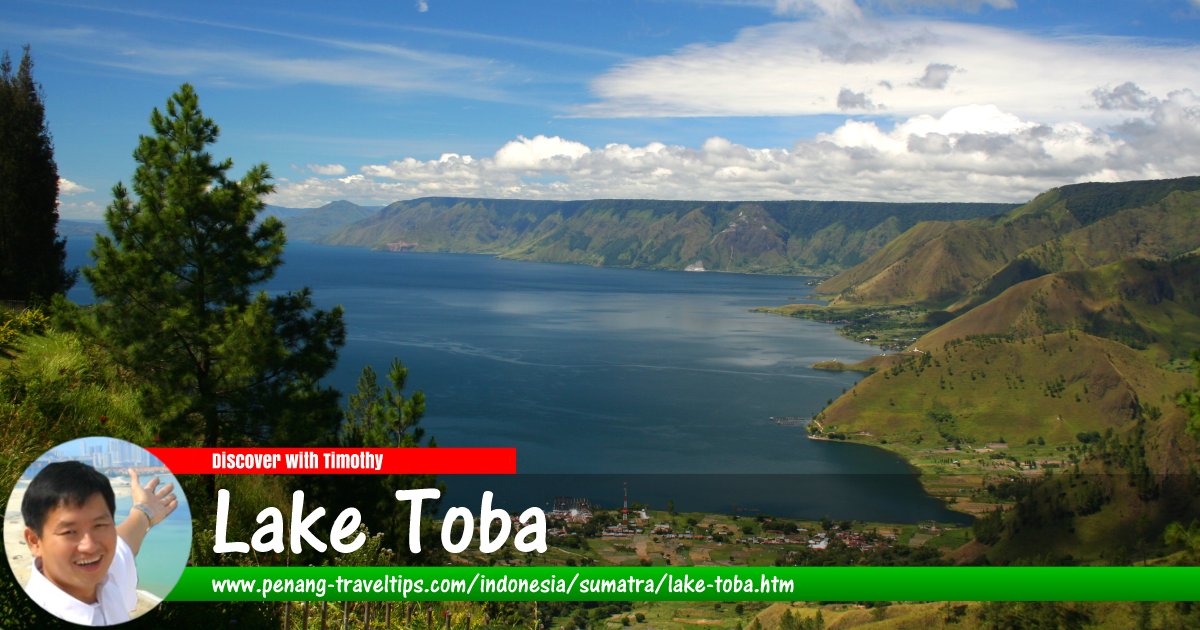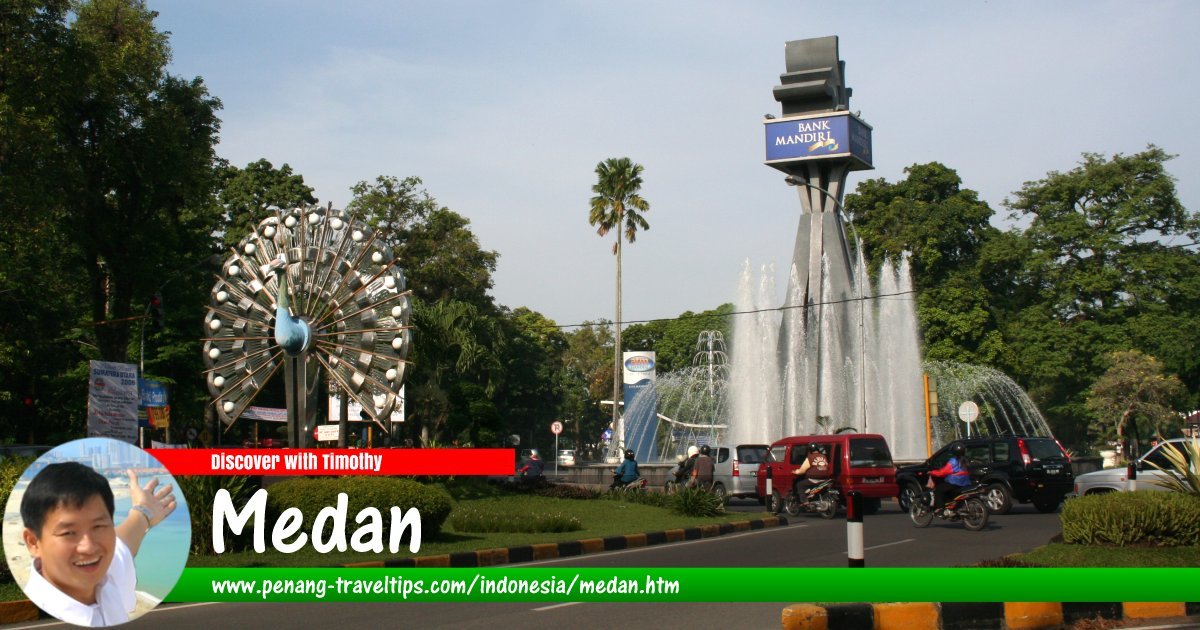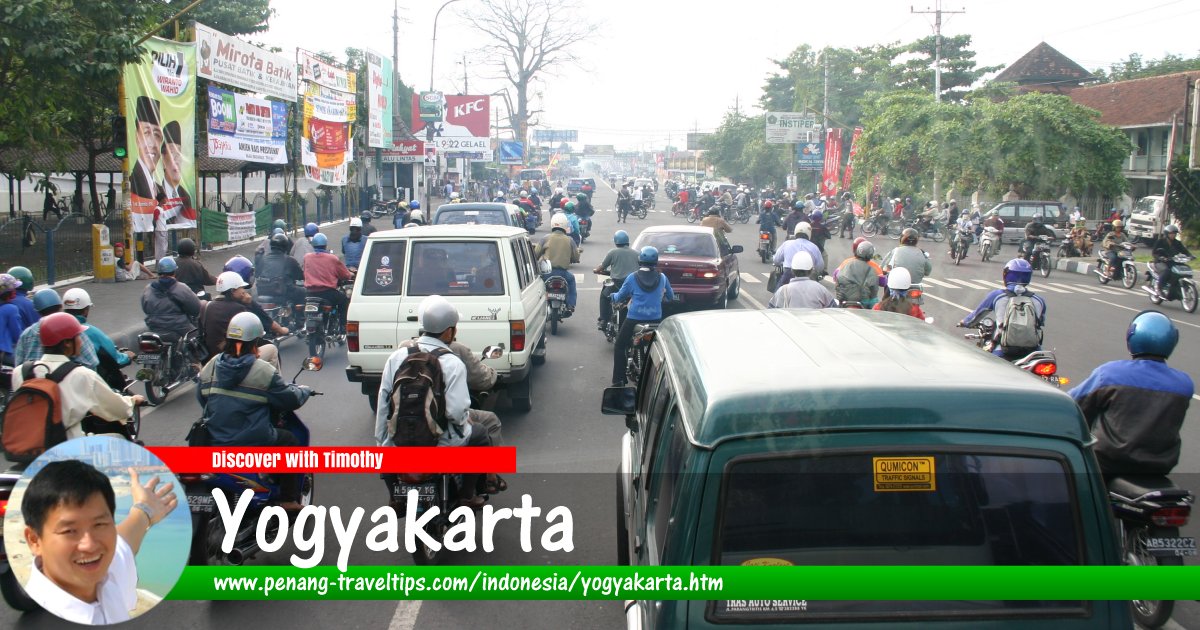Candi Mendut is an ancient temple near Yogyakarta, Indonesia. It is located three kilometers from Borobudur. Along with Candi Pawan, it is said to face west, in the direction of the Isipathana Deer Park of Sarnath, near Varanasi, India. That is where Gautama Buddha taught his five disclipes after his enlightenment. Together with Pawon, Mendut is one of the three major sites in the Borobudur complex. Within it is a three meter tall Buddha statue together with two Bodhisatva figures of Lokesvara and Vajrapani. Scholars regard these as among the greatest manifestations of Buddhist art in Java. Pilgrim usually pass through these two temples on their pilgrimage trail towards Borobudur.

Steps leading up Candi Mendut.
Mendut was built at about the same time as Borobudur, around the second half of the eighth century, and most probably by King Sri Maharaja Panangkaran, of the same dynasty that gave us Borobudur.
The back wall of the porch is ornamented with bas reliefs representing the Kaplavreksa tree, or Jewel Bearing Wishing Tree. On the wall of the north side is the relief of the goddess Hariti surrounded by her children. This is a symbol of fertility. On the south wall is the god Jambhala or Kuwera, the symbol of wealth. He is also depicted with his offsprings.
Upon entering the temple, we come to the dark cell. As our eyes adjust to the dim light within, we can see in front of us the statue of the Buddha Sakyamuni seated on a prabha, or throne. On his left is the Avalokiteswara, with the Amitabha on her crown, Vajrapani. She is holding a red lotus and put on her palm. On his right is Maitreya. Below the statue of Buddha Sakyamuni is a Chakra wheel between two deer. The handpose of the Buddha image is turning the Wheel of Law of Cause and Effect (Dharma Chakra Mudra). Buddha Sakyamuni is depicted proclaiming the Buddha doctrine in the Isipathana Deer Park.
On the outer side of the body of the temple, the image of Devi Tara (Sakti or Spirit of Buddha) is chiselled in the north wall. The Avalokiteswara is on the east wall while the Manjusri on the south. On the balustrade leading into the temple are carvings represent stories from the Jatakas, children's fables and lessons using animals as the characters.

 | A bayan tree in the compound of Candi Mendut. |

The Buddha Sakyamuni seated on a prabha, or throne, with his hand in the Dharma Chakra Mudra, or turning the Wheel of Law of Cause and Effect position.
 Latest updates on Penang Travel Tips
Latest updates on Penang Travel Tips Destination Indonesia
Destination Indonesia
 Copyright © 2003-2025 Timothy Tye. All Rights Reserved.
Copyright © 2003-2025 Timothy Tye. All Rights Reserved.

 Go Back
Go Back


